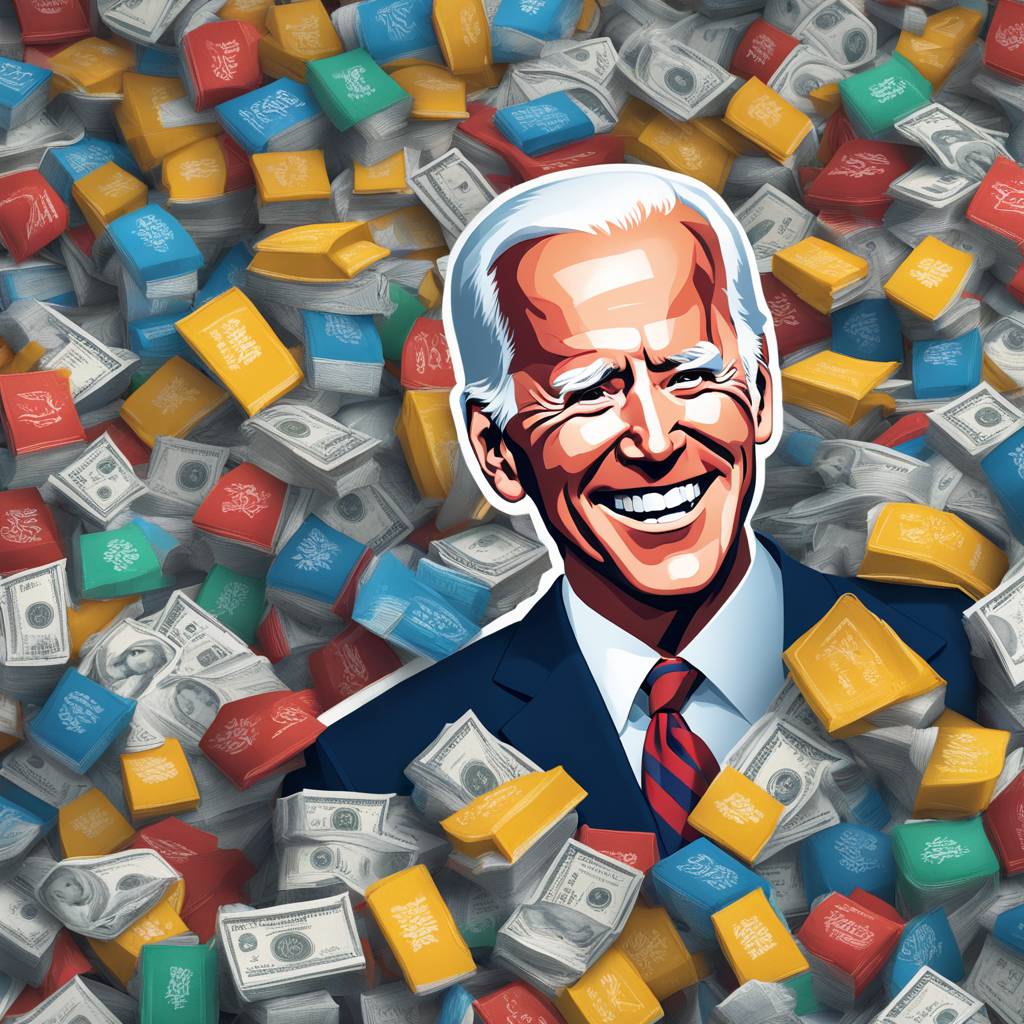President Biden announced a large-scale effort to help pay off federal student loans for tens of millions of American borrowers, in a move that seeks to fulfill a 2020 campaign promise that was previously blocked by the Supreme Court. The plan aims to reduce the amount owed by 25 million borrowers on their undergraduate and graduate loans, wiping away the entire amount for over four million Americans. White House officials stated that 10 million borrowers could see debt relief of $5,000 or more, addressing the growing concern over the high cost of college education.
Despite Mr. Biden’s promise to make higher education affordability a central theme of his economic agenda, legal challenges from Republicans and critics have hindered his previous efforts to provide debt relief to student loan borrowers. Critics argue that the new plan could increase inflation, add to the federal debt, and unfairly burden taxpayers. The initial plan to eliminate $400 billion in student debt was reduced to $146 billion for four million borrowers after the Supreme Court blocked the first relief effort. The new plan aims to assist the economy by alleviating the financial burden on individuals who could otherwise struggle to purchase a home or secure a financially stable future.
While the administration intends to use all available tools to provide debt cancellation to as many borrowers as possible, legal obstacles persist, with challenges expected to delay the implementation of the relief plan. The administration faces a tight timeline as voters prepare to cast their ballots in November, with the plan yet to be published for public comments in the Federal Register. Despite potential delays, the White House hopes that supporters will recognize the president’s efforts to address the student loan issue, which is crucial to many young voters.
The new plan targets five groups of people with student loans, providing relief at different levels to address various issues related to student debt. Borrowers whose loans have accrued significant interest would have up to $20,000 of interest wiped away, reducing their repayment to the original borrowed amount. Income limits are set for full interest forgiveness, benefiting individuals earning less than $120,000 or couples earning less than $240,000 annually. Additionally, the plan addresses specific issues such as loan forgiveness for borrowers with decades-old debts, those who attended colleges that lost eligibility for federal aid, and individuals facing hardships with medical debt or childcare expenses.
As the administration works to address the concerns of student loan borrowers, officials hope that their efforts will rally support among voters who are dissatisfied with the challenges faced by those burdened with student debt. Democrats view the new initiative as a critical step towards creating economic opportunities and alleviating financial stress on individuals struggling with student loans. Ultimately, the success of the plan will depend on overcoming legal obstacles and implementing the relief measures outlined by the administration, which represent a significant step towards fulfilling President Biden’s commitment to providing student debt relief.








